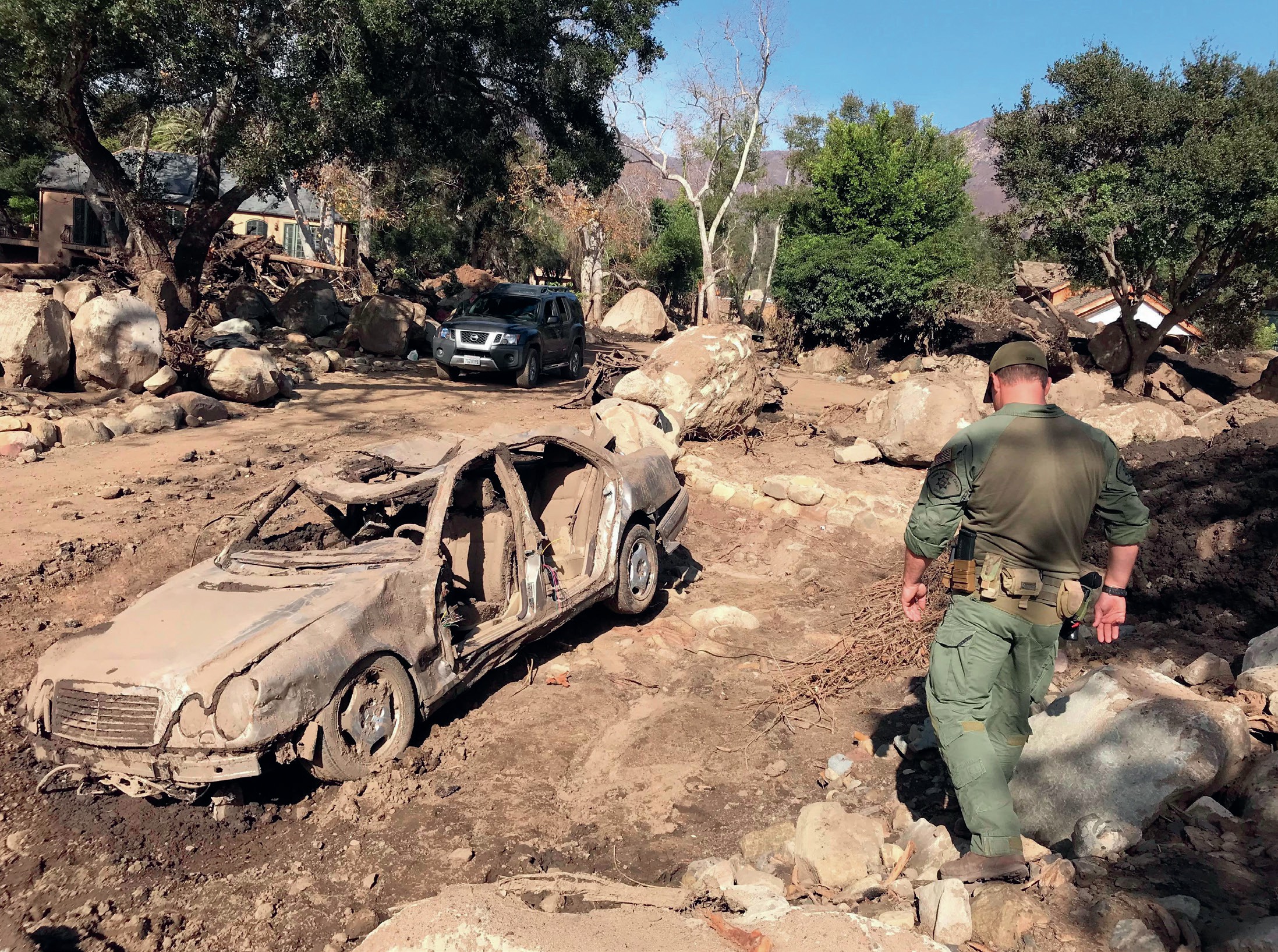
Fatalities from mass movement events are increasing. Professor David Petley of the University of Sheffield has established that between 1990 and 2015, both the number of events and number of fatalities has been increasing. Some losses are staggering. In Sierra Leone, the Regent landslide killed 1,309 when a deforested slope above unregulated housing gave way in 2017. Globally, mass movements have caused more than 10,000 deaths and made 2.5 million homeless between 2001 and 2010.
Mass movement hazards are not evenly distributed in space or time. Although their frequency is controlled by climate and tectonic setting, the hazard they create is linked to patterns of population and infrastructure (see Box 1). The main mass movement hazard zone is concentrated in the mountains of Asia, Central and South America and on the Caribbean Islands (Figure 1). Mass movement events are also seasonal. They peak every year between June to September. This is due to the effect of the monsoon season in Southeast Asia, when evaporation from the warming Indian Ocean brings intense rainfall to the continent causing mass movements in the Himalayan mountains of Nepal and India.
Your organisation does not have access to this article.
Sign up today to give your students the edge they need to achieve their best grades with subject expertise
Subscribe




